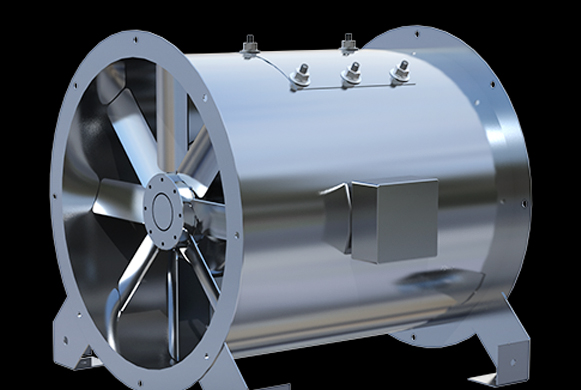MECHANICAL
admin2023-02-19T15:07:57+02:00Mechanical Systems
ontractors oversee the mechanical projects for organizations. They are responsible for the heating or cooling systems, refrigeration, piping, and plumbing of a building
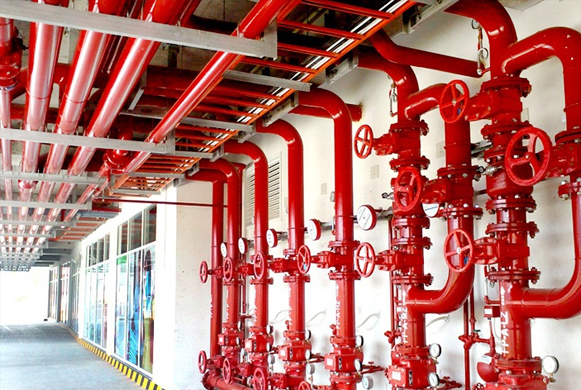
Fire Fighting Systems
- WATER SYSTEMS
- FIRE HOSE REAL CABINETS
- FIRE PUMPS
- GAS SYSTEMS
- FIRE EXTINGUISHERS
- FOAM SYSTEMS
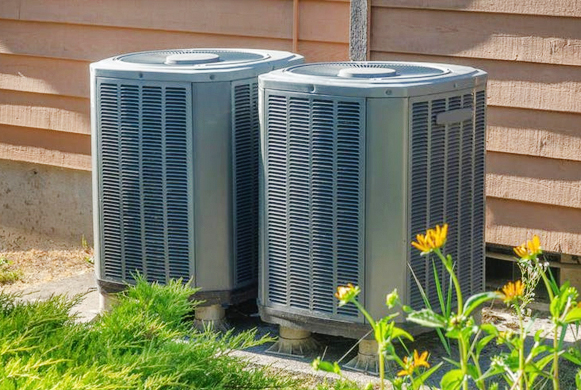
HVAC
- VENTILATION SYSTEMS
- AIR CONDITIONING SYSTEMS
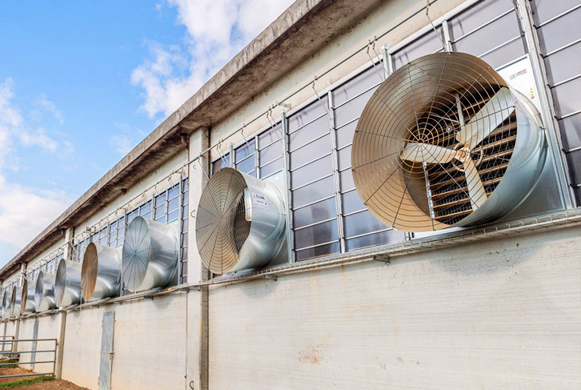
Plumping
- AIR HANDLING UNIT
- VENTILATION FAN
- AXIAL FAN
- CENTRIFUGAL FAN
- EXHAUST FAN
- SUPPLY AIR FAN
Fire Fighting Systems
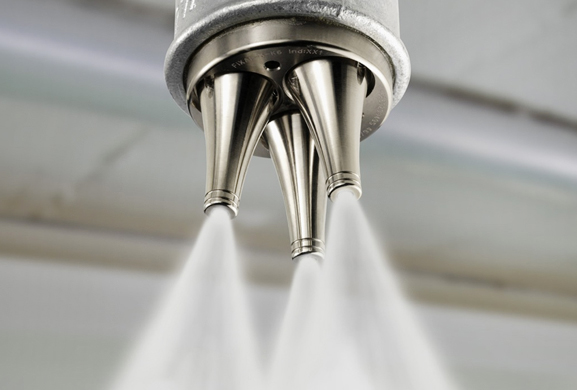
1- WATER SYSTEMS
It consists of water source, pump units, piping, wet control valves, alarm and monitoring devices and pipe branches to sprinkler heads. In the piping between the valve station and sprinkler heads is maintained constant pressure of water or air respectively.
- Fire Hose reeal Cabinets
- Fire Pumps
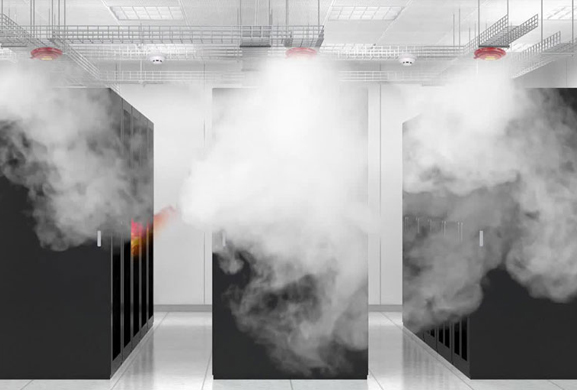
2- GAS SYSTEMS
A Gas Suppression system is a waterless fire suppressant that functions by releasing a gas, or mixture of gases, into the air with the aim of extinguishing and/or preventing the fire spread within a building.
- Novec Gas Systems
- FM-200 Gas Systems
- Co2 Systems
- Aerosol Systems

3- FIRE EXTINGUISHERS
Fire Extinguisher is Portable apparatus used to put out a small fire by directing onto the burning material, which cools or deprives the flame of oxygen, or interferes with the chemical reactions occurring in the flame
- Dry Poweder
- Carbon Dioxide
- Wet Chimical
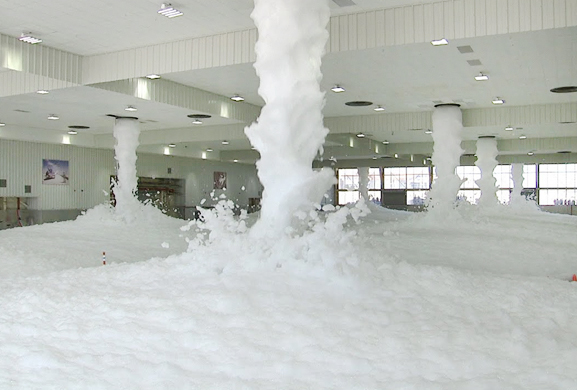
4- FOAM SYSTEMS
HVAC SYSTEMS
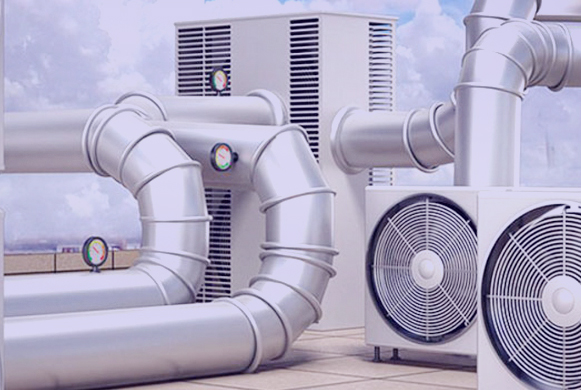
1- Ventilation Systems
Ventilating or ventilation (the “V” in HVAC) is the process of exchanging or replacing air in any space to provide high indoor air quality which involves temperature control, oxygen replenishment, and removal of moisture, odors, smoke, heat, dust, airborne bacteria, carbon dioxide, and other gases

2- AIR CONDITIONING SYSTEMS
Air conditioning (often referred to as AC, A/C or air con) is a system used to cool down the temperature in an inside space by removing the existing heat and moisture from the room. Essentially, they work by taking warm air into a system and dispersing cold air, but there is much more to this process.
PLUMPING SYSTEMS
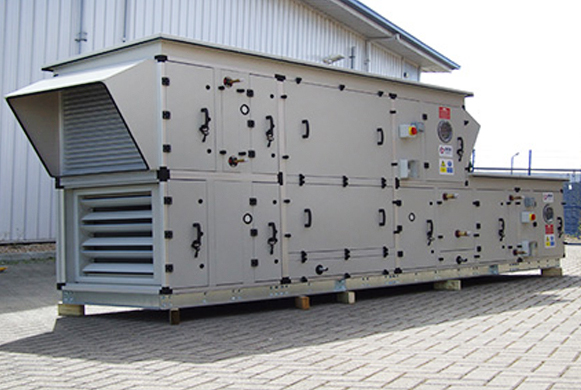
1- AIR HANDLING UNIT
The air handling unit (AHU) is the heart of central air conditioning. It collects outside air and room air, removes dust and other particles from the collected air, adjusts the temperature and humidity and then supplies comfortable and refreshing air-conditioned air into the rooms through ducts.
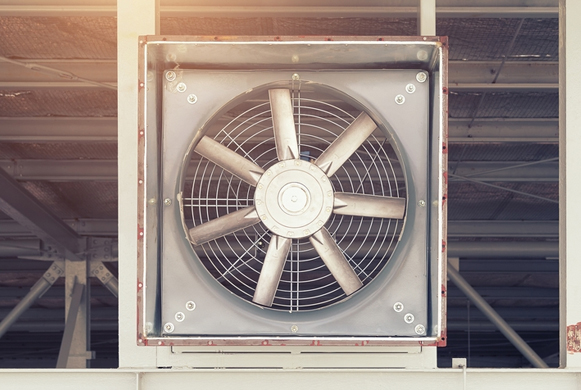
2- VENTILATION FAN
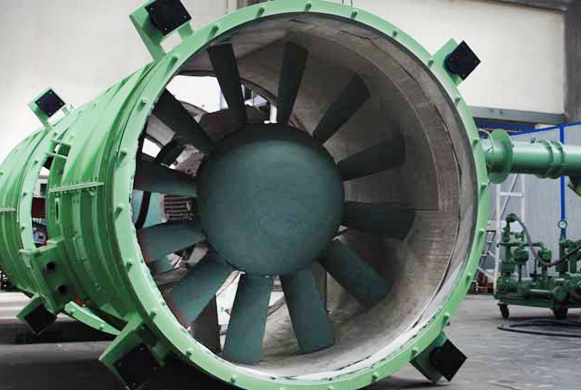
3- AXIAL FAN
Axial fans are generally used for cooling applications like the ones mentioned below: Process cooling in systems or machinery. Spot cooling of transformers and generators and industrial equipment. Ventilation in warehouses, factories, foundries, laundries, garages, equipment rooms, and engines.
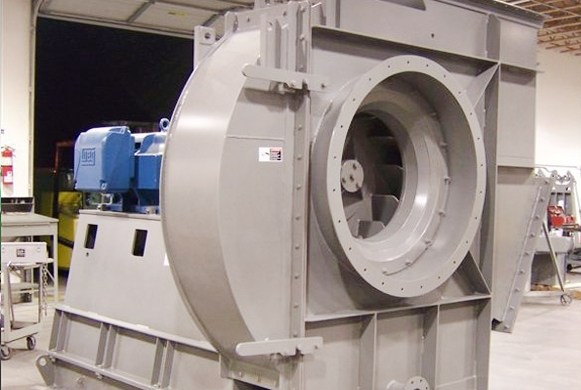
4- CENTRIFUGAL FAN
You’re likely to find them incorporated into building ventilation systems. Meanwhile, they’re often used for industrial processes to transport gas or materials. Air pollution control systems also utilize centrifugal fans. They work well for dust control
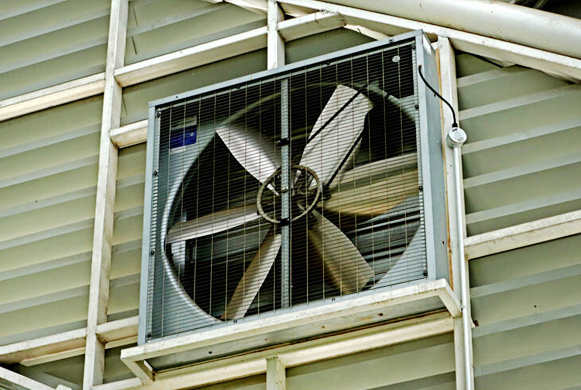
5- EXHAUST FAN
Exhaust fans are used to pull excess moisture and unwanted odors out of a particular room or area. They are commonly found in bathrooms and kitchens, where moisture can build up due to activities such as showering, washing, or cooking.
